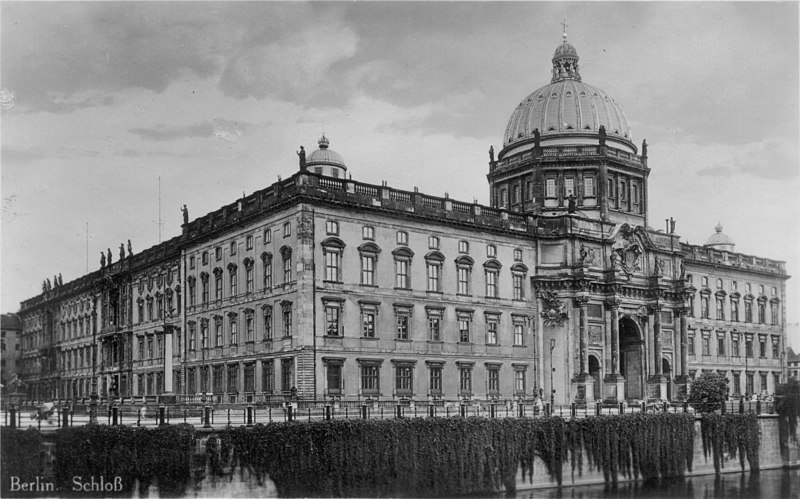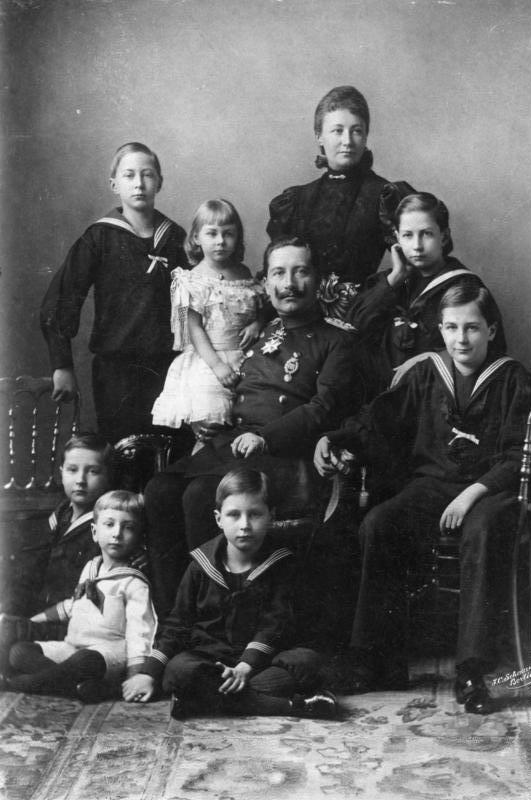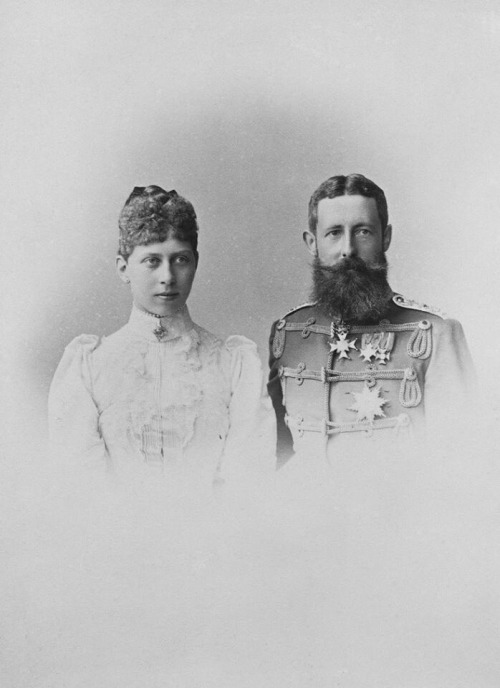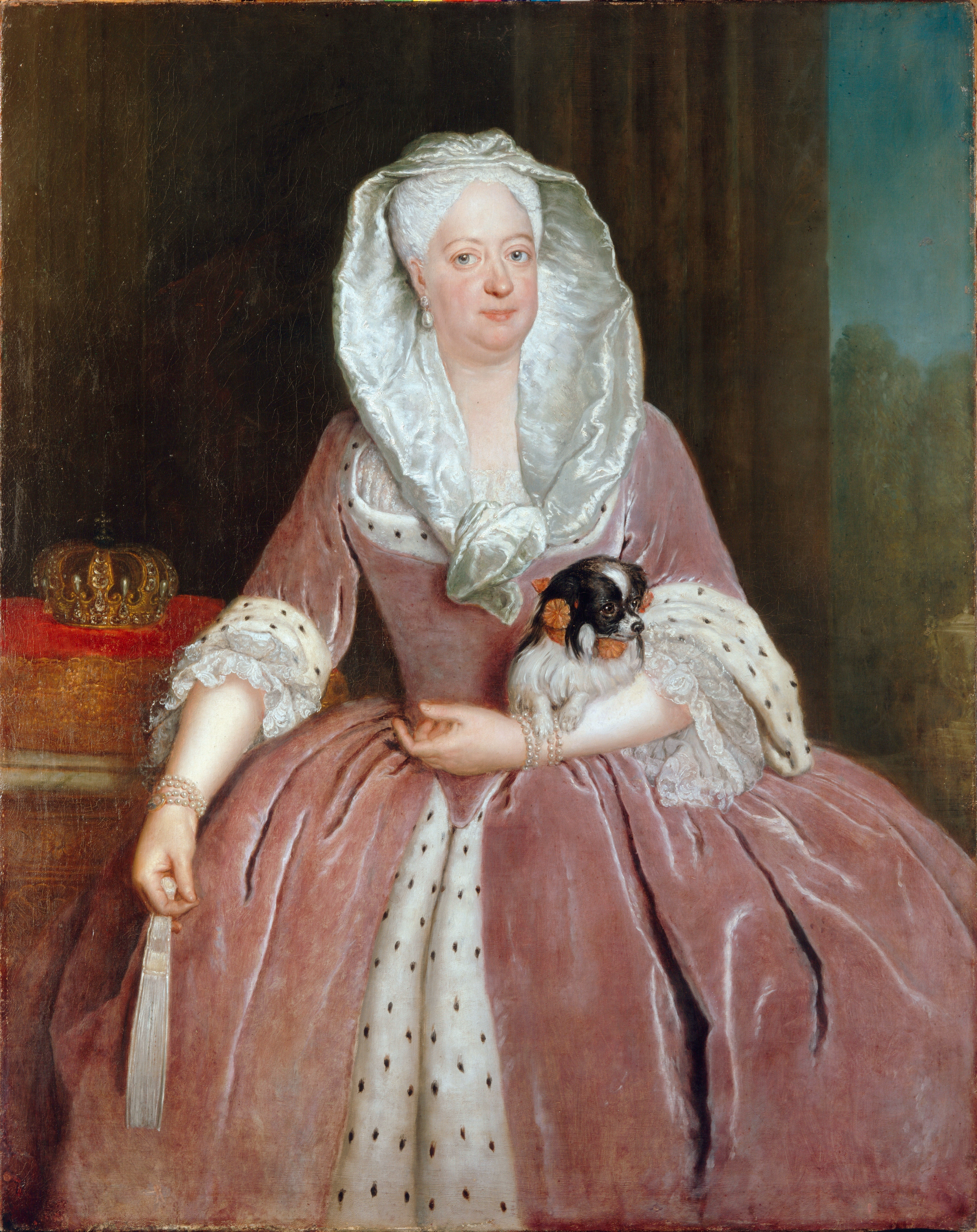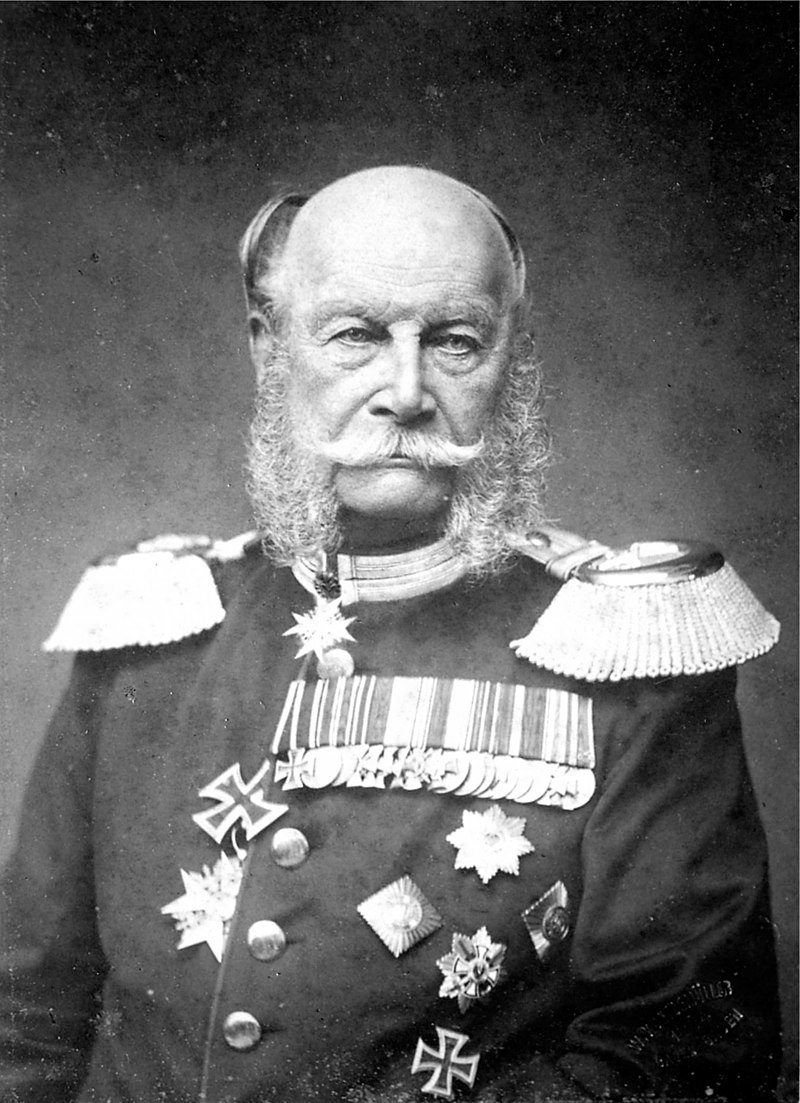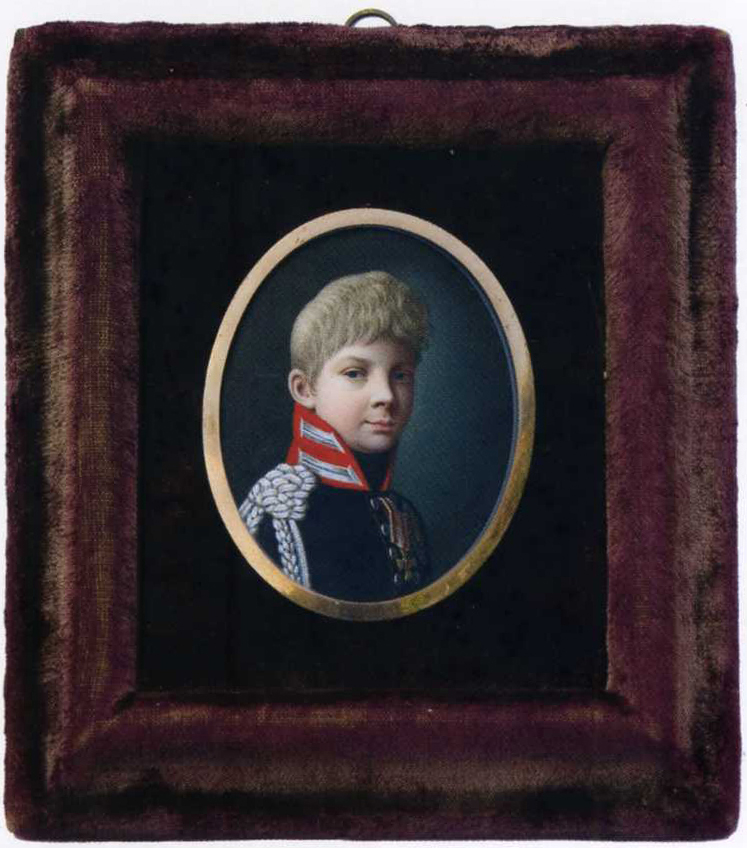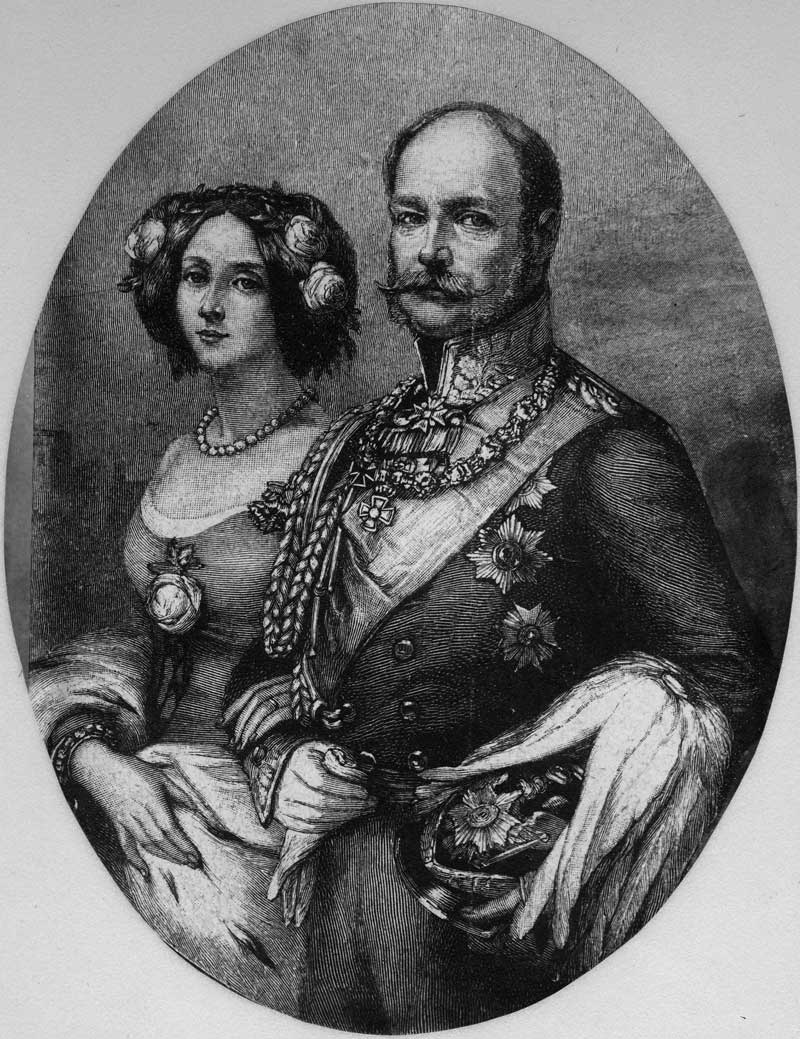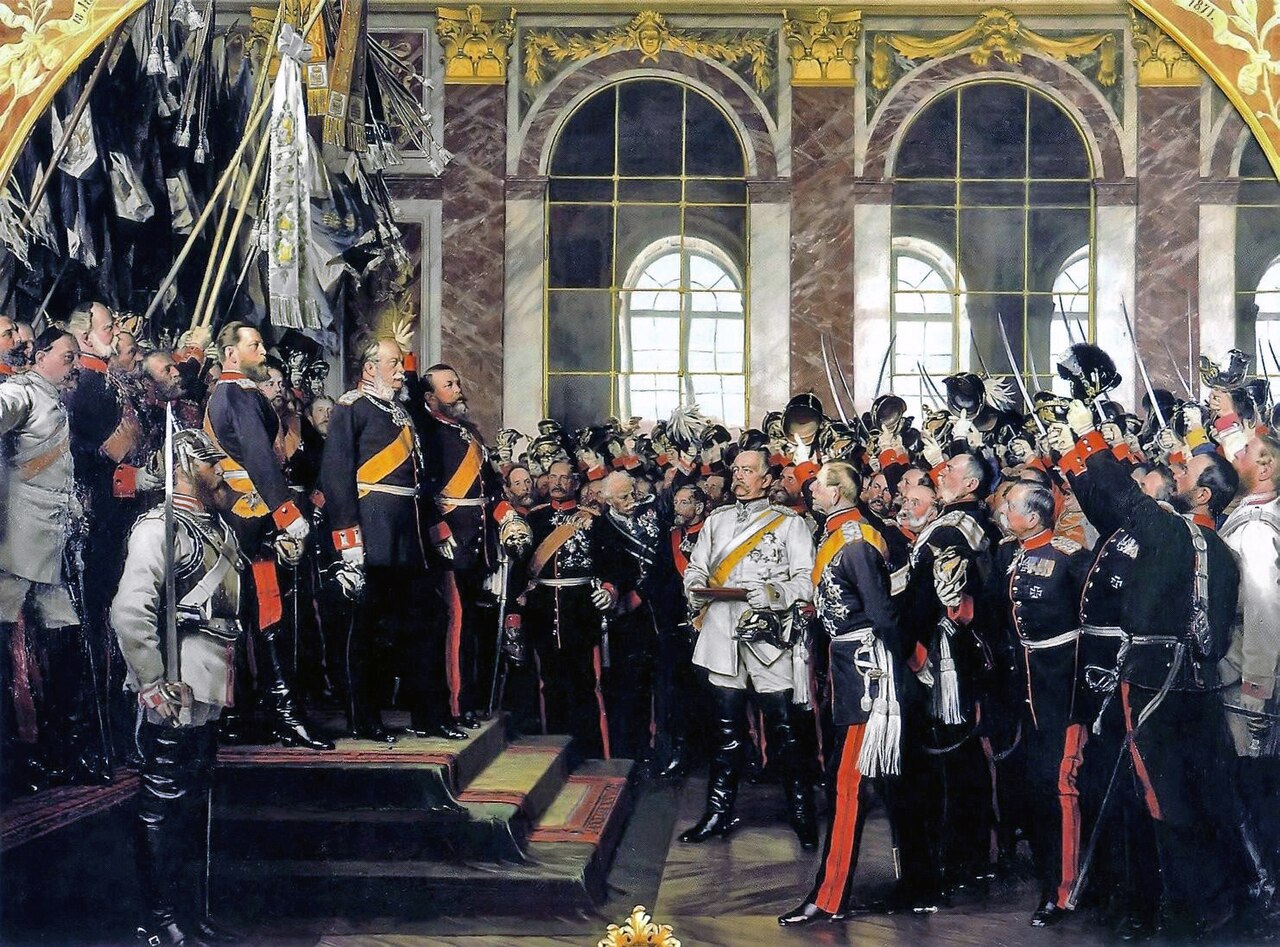by Emily McMahon and Susan Flantzer © Unofficial Royalty 2013
Luise of Mecklenburg-Strelitz, Queen of Prussia; Credit – Wikipedia
Duchess Luise of Mecklenburg, Princess of Mecklenburg-Strelitz (Luise Auguste Wilhelmine Amalie) was born in Hanover, Electorate of Hanover now in Lower Saxony, Germany on March 10, 1776. She was third of the five daughters and the sixth of the ten children of Carl II, Grand Duke of Mecklenburg-Strelitz and his first wife Friederike of Hesse-Darmstadt.
Luise had nine siblings:
- Charlotte Georgine (1769–1818) married Friedrich, Duke of Saxe-Altenburg, had twelve children
- Caroline Auguste (1771–1773), died in early childhood
- Georg Carl (1772–1773), died in infancy
- Therese (1773–1839) married Karl Alexander, 5th Prince of Thurn and Taxis, had seven children
- Friedrich Georg (born and died 1774), died in infancy
- Frederica (1778–1841) married (1) Prince Ludwig Karl of Prussia, had three children (2) Friedrich Wilhelm, Prince of Solms-Braunsfels, had six children (3) King Ernest Augustus I of Hanover, had one child King George V of Hanover
- Georg, Grand Duke of Mecklenburg-Strelitz (1779–1860), married Princess Marie of Hesse-Kassel, had four children including Friedrich Wilhelm, Grand Duke of Mecklenburg-Strelitz
- Friedrich Karl (1781–1783), died in early childhood
- Auguste Albertine (born and died 1782)
The family was connected to the British royal family as Carl’s sister Charlotte was the wife of King George III. During her childhood, Luise spent part of her early childhood at Leineschloss, the home of the Hanoverian kings. At the time, her father was the Governor-General of Hanover. King George III was king and never visited Hanover so the residence was made available to the family.
Following her mother’s death in childbirth in 1782, Luise and her siblings were raised mostly by their maternal grandmother, Marie Louise Albertine of Leiningen-Falkenburg-Dagsburg who married Prince George William of Hesse-Darmstadt, the brother of the reigning Landgrave Louis IX of Hesse-Darmstadt. Maria Louise Albertine made a comfortable home for the family in Darmstadt, Landgraviate of Hesse-Darmstadt now in Hesse, Germany, and her grandchildren grew quite fond of her. In her grandmother’s care, Luise was given her lessons and religious instruction primarily in French, but she later grew very fond of German literature. She was also encouraged to devote herself to acts of charity.
Luise and her sister Frederica attracted the attention of two Prussian princes. Luise was betrothed to the future King Friedrich Wilhelm III of Prussia, while Frederica was engaged to his brother Ludwig Karl. Luise and Friedrich Wilhelm married on December 24, 1793, and her sister married Ludwig Karl two days later. It was hoped that the double marriage would improve the bond between the two German states.

Luise and Friedrich Wilhelm in 1794; Credit – Wikipedia
Luise was very popular in Prussia, and descriptions of her from this time speak of her grace, goodness, and beauty. The marriage was happy, and the couple raised their family quietly at Paretz Palace west of Berlin.
Luise and Friedrich Wilhelm had nine children:
- Friedrich Wilhelm IV, King of Prussia (1795 – 1861), married Elisabeth Ludovika of Bavaria, no children
- Wilhelm I, King of Prussia, German Emperor (1797 – 1888), married Augusta of Saxe-Weimar-Eisenach, had two children including Friedrich III, King of Prussia, German Emperor
- Charlotte (1798 – 1860), married Nicholas I, Emperor of Russia, had seven children including Alexander II, Emperor of Russia
- Friederike (1799 – 1800), died in infancy
- Karl (1801 – 1883), married Marie of Saxe-Weimar-Eisenach, had three children
- Alexandrine (1803 – 1892), married Paul Friedrich, Grand Duke of Mecklenburg-Schwerin, had three children
- Ferdinand (1804 – 1806), died of diphtheria in childhood
- Luise (1808 – 1870), married Prince Frederik of the Netherlands, had four children including Louise who married King Carl XV of Sweden
- Albrecht (1809 – 1872), married (1) Marianne of the Netherlands, had five children (2) married morganatically Rosalie von Rauch, Countess of Hohenau, had two children

Luise with her husband and children, circa 1806; Credit – Wikipedia
Friedrich Wilhelm became King of Prussia in 1797. As queen, Luise traveled around Prussia with her husband, becoming more well-known and well-liked. Luise took it upon herself to stay well-versed in the country’s affairs, earning her the respect of her husband’s advisers. Friedrich Wilhelm similarly trusted his wife’s intelligence and good judgment, treating her as an unofficial adviser.
Prussia declared war on France in 1806. Following a resounding defeat by Napoleon Bonaparte at the Battle of Jena-Auerstedt, Friedrich Wilhelm and Luise fled with their family to Königsberg in eastern Prussia. When Napoleon requested a meeting with Friedrich Wilhelm to discuss peace terms, Friedrich Wilhelm brought the pregnant Luise along to garner sympathy from the French emperor. Napoleon was charmed when the pregnant queen begged him for mercy for Prussia. Napoleon did not budge in his terms for peace, but Luise was even more beloved in Prussia. Luise and Friedrich Wilhelm were absent from Berlin for three years following the war with the French.

Luise and Friedrich Wilhelm meeting with Napoleon; Credit – Wikipedia
On July 19, 1810, while visiting her father at Schloss Hohenzieritz in Hohenzieritz, Grand Duchy of Mecklenburg-Strelitz, now in Mecklenburg-Vorpommern, Germany, 34-year-old Luise died in her husband’s arms from an unidentified illness. The harshness of the French occupation may have hastened her death, as she often suffered from long bouts of ill health. Her grieving husband later instituted the Order of Louise in her name and her family mourned her death each year on July 19. Luise was buried in the garden of Charlottenburg Palace, in Berlin, Kingdom of Prussia, now in Brandenburg, Germany, where a mausoleum was built over her grave. Friedrich Wilhelm III survived his wife by thirty years and was buried by her side.

Sarcophagus of Luise of Mecklenburg-Strelitz, Queen of Prussia; Credit – Wikipedia
This article is the intellectual property of Unofficial Royalty and is NOT TO BE COPIED, EDITED, OR POSTED IN ANY FORM ON ANOTHER WEBSITE under any circumstances. It is permissible to use a link that directs to Unofficial Royalty.
Prussia Resources at Unofficial Royalty

